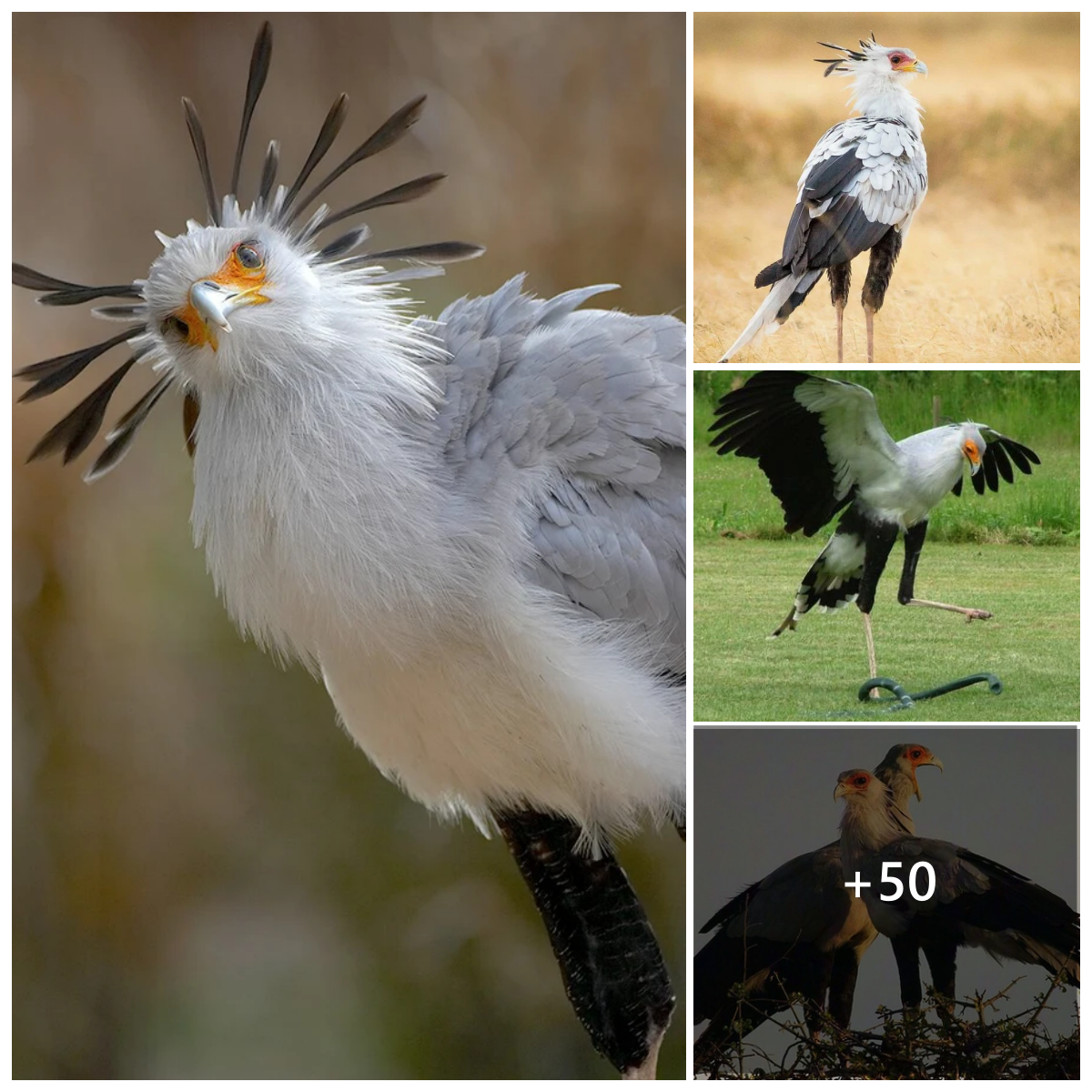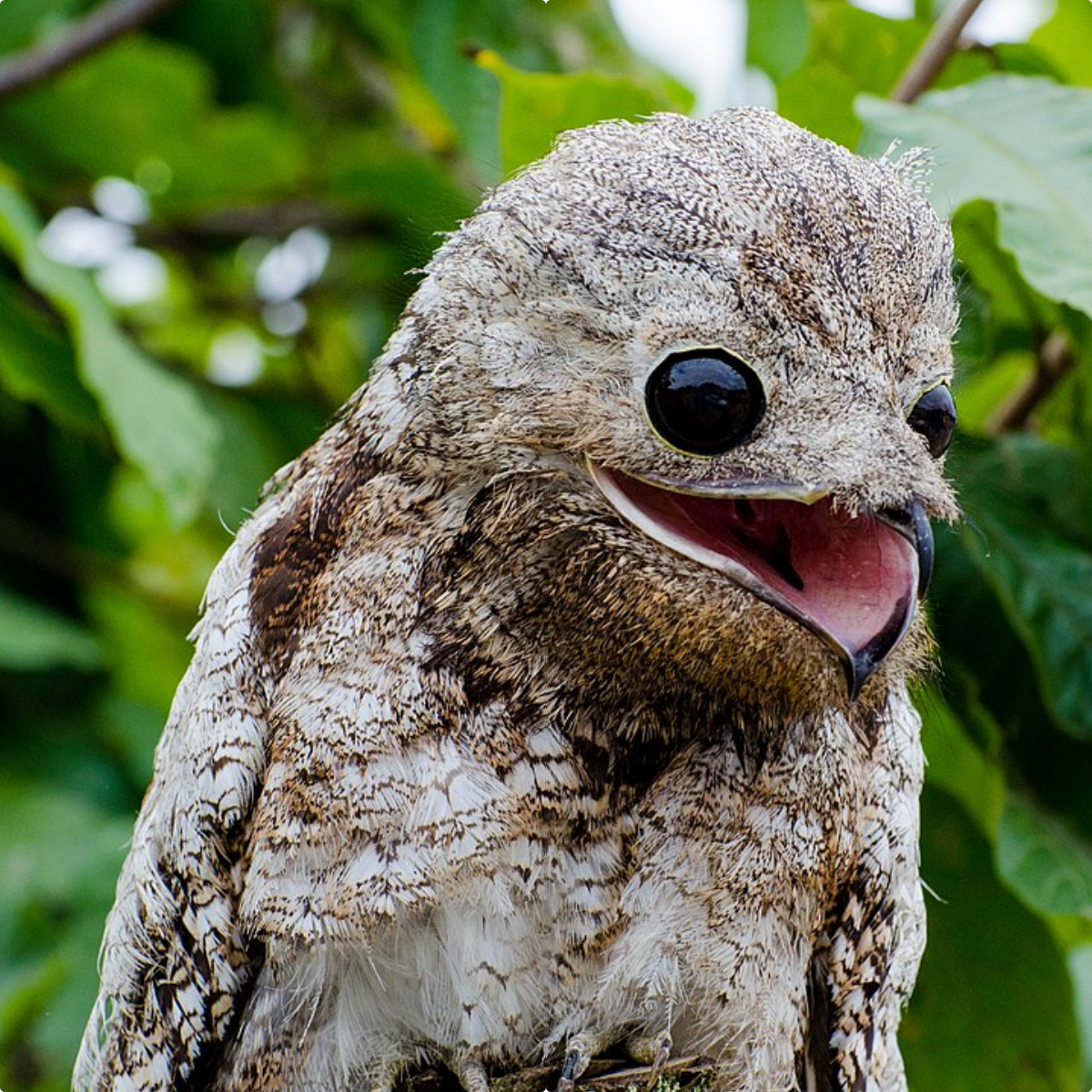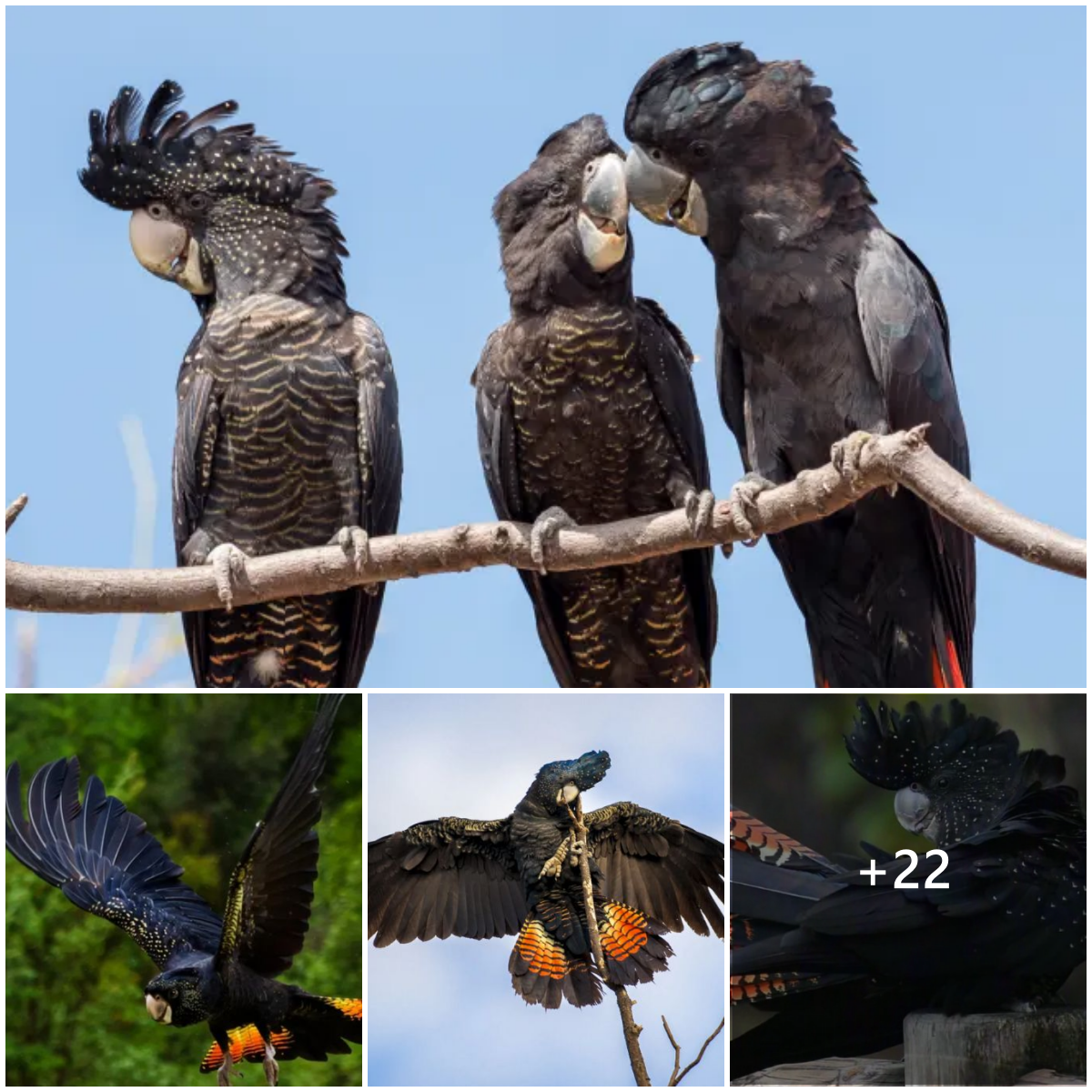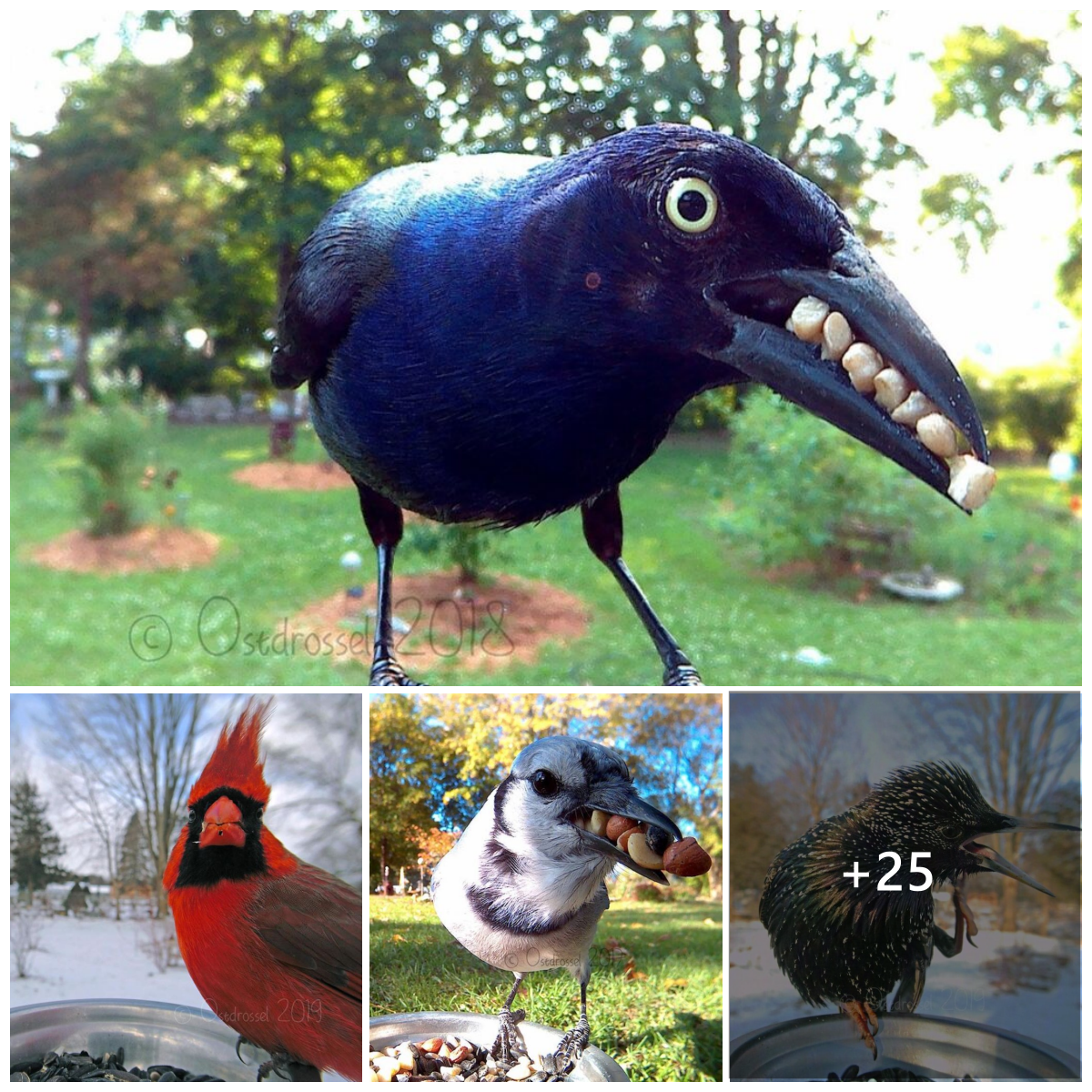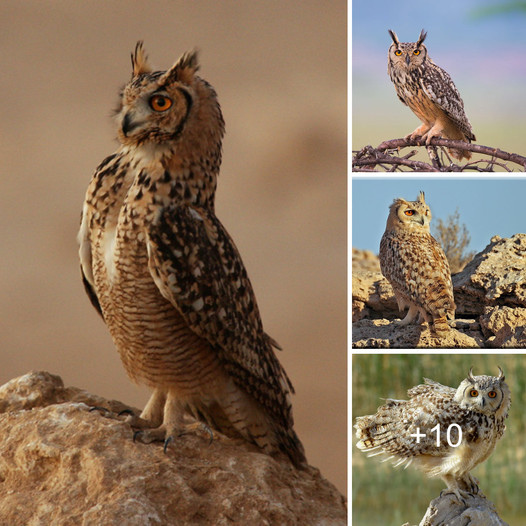But with declining bird populations and species diversity across the globe, it is possible that bird song choruses (soundscapes) are also becoming depauperate. In a major new study, a team of international researchers led by scientists from the University of East Anglia (UEA) has developed a method of comparing historical soundscapes over the past 25 years to determine how they have changed.

“The benefits of nature contact are widespread, from improved physical health and psychological well-being to increased likelihood of participating in pro-environmental behavior,” said study lead author Dr Simon Butler from UEA’s School of Biological Sciences.
“Bird song plays an important role in defining the quality of nature experiences, but widespread declines in bird populations, and shifts in species’ distributions in response to climate change, mean that the acoustic properties of natural soundscapes are likely to be changing. However, historical sound recordings don’t exist for most places so we needed to develop a new approach to examine this.”

The researchers used annual systematic bird count data from the North American Breeding Bird Survey (NA-BBS) and the Pan-European Common Bird Monitoring Scheme (PECBMS) sites. These data on bird occurrence and abundance were largely collected by citizen scientists over the past 25 years. Given this information, the researchers were then able to use an online database of bird calls (www.xeno-109canto.org) to reconstruct the historical soundscapes from 200,000 locations across the two continents.
The separate, five-minute soundscapes constructed in this way for every site in every year were then analyzed using four indices that characterized song diversity, heterogeneity, evenness and amplitude.

The results showed that natural soundscapes across both continents have become more homogeneous and quieter since the 1990s, suggesting reduced soundscape quality. This finding parallels the significant decline, both in species richness and number of individuals, recorded in NA-BBS surveys, as well as in total number of individuals counted during PECBMS surveys over the past 25 years.
“We found a widespread decline in the acoustic diversity and intensity of natural soundscapes, driven by changes in the composition of bird communities,” said Dr. Butler.
“These results suggest that the soundtrack of spring is getting quieter and less varied and that one of the fundamental pathways through which humans engage with nature is in chronic decline, with potentially widespread implications for human health and well-being.”
“Given that people predominantly hear, rather than see, birds, reductions in the quality of natural soundscapes are likely to be the mechanism through which the impact of ongoing population declines is most keenly felt by the general public.”

Dr. Catriona Morrison, a post-doctoral researcher in UEA’s School of Biological Sciences, conducted the analyses.
“In general, we found that sites that have experienced greater declines in either total abundance and/or species richness also show greater declines in acoustic diversity and intensity,” said Dr. Morrison.
“However, initial community structure and how the call and song characteristics of species complement each other, also play important roles in determining how soundscapes change.”
“For example, the loss of species such as skylark or nightingale, which sing rich and intricate songs, is likely to have a greater impact on the complexity of the soundscape than the loss of a raucous corvid or gull species. Critically however, this will also depend on how many occurred on the site, and which other species are present.”
“Unfortunately, we are living through a global environmental crisis, and we now know that the diminishing connection between people and nature may be contributing to this.”
“As we collectively become less aware of our natural surroundings, we also start to notice or care less about their deterioration. Studies like ours aim to heighten awareness of these losses in a tangible, relatable way and demonstrate their potential impact on human wellbeing.”
The study is published in the journal Nature Communications.
